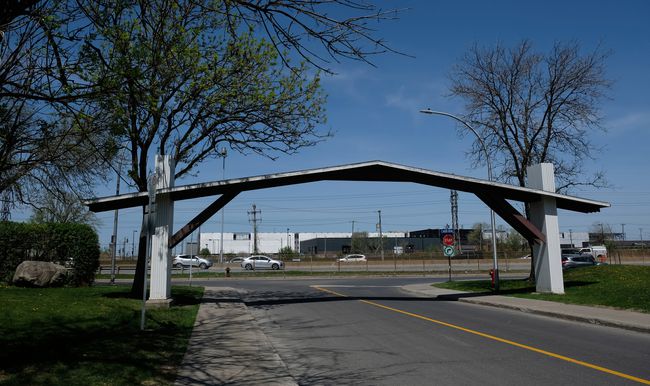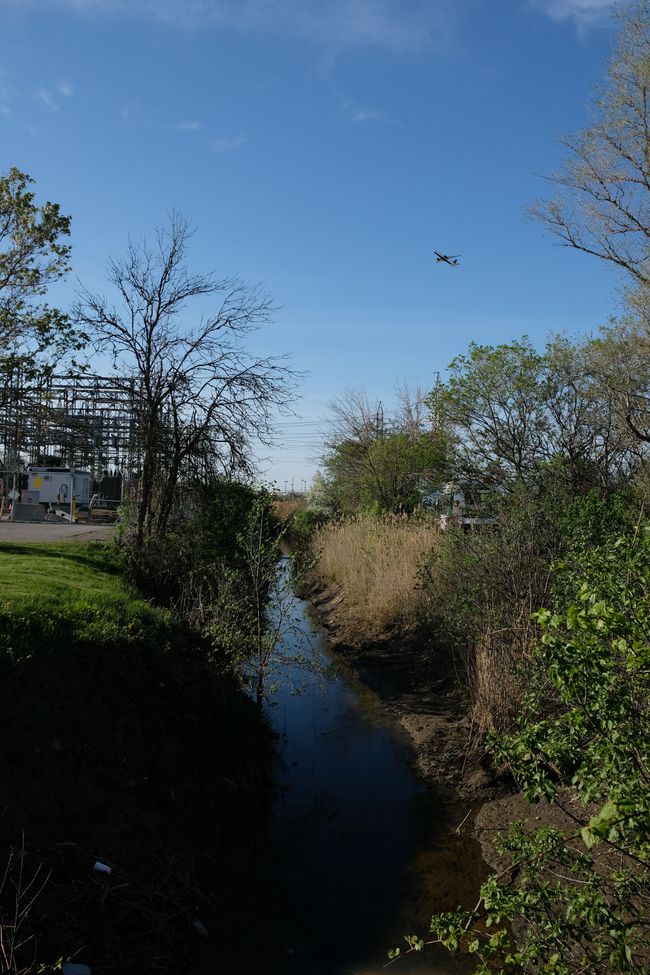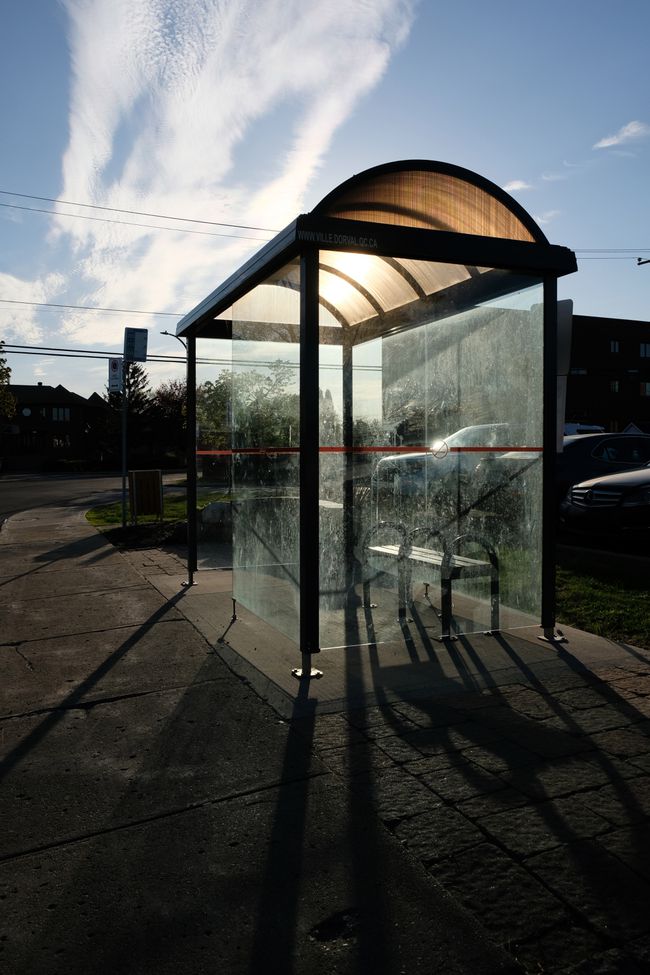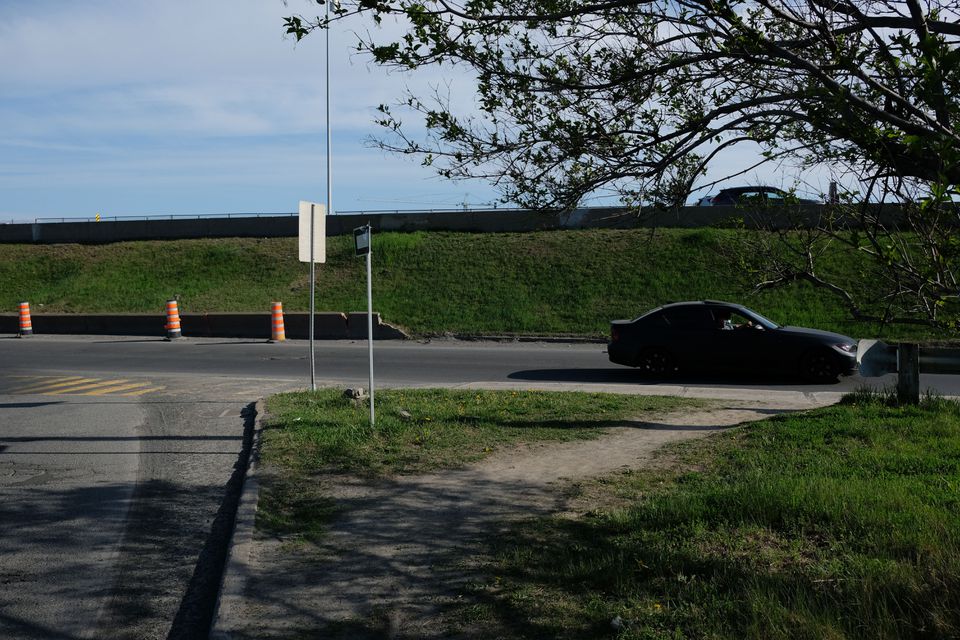ᑐᖓᓱᒋᔅᓯ ᐊᖏᕐᕋᒧᑦ
Taqralik Partridge speaks with Rafico Ruiz and Ella den Elzen about the importance of Inuit homes and homelands
ᐊᖏᕐᕋᒧᑦ / Ruovttu Guvlui / Towards Home was co-curated by Joar Nango, Taqralik Partridge, Jocelyn Piirainen, and Rafico Ruiz, with Ella den Elzen as Curatorial Assistant. We have also published talks featuring Nango and Piirainen. The exhibition is currently on view in our Main Galleries and runs until 12 February 2023.
- RR
- What does angirramut (ᐊᖏᕐᕋᒧᑦ) mean for you? For the CCA project, we translate it as “towards home,” but that’s probably not a perfect translation, so if we retain its meaning in Inuktitut, what does it mean to you?
- TP
- Yeah, it means “towards home,” like if you ask where you’re going, you’re going towards home. You can say that. But what does it mean to me? Angirramut is a very welcoming word. It also represents something that’s often on the minds of Inuit and of Indigenous people: What does home mean when you live in a homeland that continues to be affected by colonization?
- RR
- Why is it important for you that the first space in the exhibition is a porch? Is there a particular kind of smell or emotional feel to the porch that you were thinking of?
- TP
- For me, the porch is about having people enter our worlds—the Indigenous co-curators’ worlds—to feel welcome, to feel like they’re entering a space different from what they would expect of a building that looks like the CCA.
I also want to make a point that the porch is an important space in homes in the North. I want Inuit or Sámi to recognize themselves in this space, in the things that are here. Everything in the porch is actually useful, but there are also memories in these spaces: the smells of sealskin, of caribou hide, of dog or even of old footwear. There’s the smell of the fuel mix for snowmobiles. When somebody comes in from the cold and they smell like the exhaust from a snowmobile, there’s something comforting about it. That’s home. - RR
- In relation to the development of the porch, I wonder if you could talk about your own curatorial work that foregrounds place- and spacemaking, the two important ways for highlighting the work of Inuit and Sámi artists in the project. How are these dimensions of making important for you?
- TP
- I want to bring Indigenous artists and community members into spaces that are not and have historically not been welcoming to us, to make them accessible for Inuit and other Indigenous people. Whenever I get a chance to be involved in something, I like to bring people along and help share opportunities with other people. And I’m not alone in this: lots of people have this kind of attitude.
- RR
- This show in particular has so many installations that comment on actual, physical spaces elsewhere: Geronimo Inutiq’s installation is a sort of memory-scape, drawing on the actual locations in Iqaluit he experienced as a kid, and asinnajaq’s installation is a nomadic tent that implies a particular relationship to land. Was the curatorial work you undertook here about inviting installations that comment on what it means to make space?
- TP
- I respect both Geronimo and asinnajaq as artists and I love their work. For Geronimo, I really identify with what he’s talking about because I also lived in Iqaluit as a child. I lived in the same housing project that he features in some of his work, and I went to a school there; it was an important part of my childhood too. To see that kind of memory represented in a major show—for me, yeah, it should be there. It should be that this life and this representation of a community is valued enough that it can be shown in a major show. asinnajaq’s new work for the show is future-oriented, and I think it’s essential that Inuit and Indigenous ideas about our futures be privileged because we are not going away.
- RR
- You’ve also conceived an installation together with Laakkuluk Williamson Bathory for the show. Why was it important for you to speak directly to Laakkuluk and how did you decide on this sort of arrangement in the gallery space?
- TP
- It was really Laakkuluk’s idea. We first approached her because of a play that she had written—a one-person play she had written for performance during lockdown, which was about in-between spaces, about Inuit building makeshift homes to deal with the housing shortage and with the effects of colonialism. When I was talking to her about what she would like to do, leaving it open to whatever ideas she might come up with, she insisted that she wanted to do something in conversation with me. Laakkuluk’s practice is really about collaboration. She’s always collaborating on every work that she does, and she’s always very clear about making sure that her collaborators also receive full credit for the work. She’s very generous as an individual and in her work directly, as well. It’s like she views her work kind of as a gift to her audience or whoever’s experiencing it.
- RR
- Beyond your role as a curator and in this installation, we also have some photographs of yours in the gallery. How would describe your work as a photographer, both in general and in relation to these works?
- TP
- I believe that images are waiting for the artist or the photographer. It’s the same in any medium. Inuit carvers have often been quoted saying that when you have a piece of stone, you are just revealing what the stone wanted to be. You have to listen to the stone. And that extends to any creative practice and for me. I like to say that the reason that there are so many Inuit artists is that because we have a culture that expects that everybody will do creative work. It’s part of surviving in an environment where there are limited resources: you have to use everything. But it’s also a value we cultivate.
I was speaking with someone recently about how non-Indigenous artists are trying to move away from disciplinary silos and—not to say that everything we do as Indigenous artists or people needs to be in contrast to what everybody else is doing—we were never actually in those silos. We’ve always resisted being put into them. Think about Tanya Tagaq, for example: She’s a famous and experimental throat singer, she went to art school, she’s a beautiful painter. She decides to write a book, becomes a big prize-winning author, and it’s all because she has that creative force; she gives herself permission to create in whatever medium comes to her.
When I give creative writing workshops, I usually start off by saying to people, “I’m giving you permission to write something,” because sometimes people just need to hear that. That they have permission to create. You don’t have to be the best; you don’t have to be famous. You just do it.
- RR
- This practice of listening as a photographer is super interesting and powerful. I wonder what it meant for you to listen to these “throwaway spaces”—to use your term—in particular, and how you could sort of hear them.
- TP
- For me, making things is about using whatever materials you have at hand. And this is a very Inuk value, to use up whatever you have and not waste, and I think my attitude towards photography is similar. I use my cellphone, for example, and I know lots of other photographers would be very scornful of that, but for me, whatever camera you have at hand is the best camera. I like art you can do without any money. Spoken word, for example—I love it because you don’t need any money to do it. You don’t even need a computer.
When I first started doing spoken word, I was so inspired to write things that I was even writing on napkins. Or in the shower, without any pen even. There’s also beadwork, for example. I did some work for the Biennale of Sydney and I was very particular about listing all the materials that I had used, not because I really cared what the audience there thinks, but because I wanted other Inuit to see that this object that I made that went to Australia was made with dental floss. And that it still has value; that it’s still valuable enough to be in an exhibition.
With photos, I like to see what is beautiful in ugly places or in places where I end up. Some of the best photos are from places that are not necessarily considered beautiful. - RR
- How do you define a throwaway space?
- TP
- Many people’s attitude towards land is that it’s throwaway. It’s there for consumption and that’s its only function. This is true even of the spaces we deem beautiful and worthy of preserving. It’s a consumptive view, to see spaces this way instead of recognizing that land is precious, that all of it needs to be protected and cared for. Throwaway spaces, in this kind of worldview, are spaces that are not important enough to be kept to some level of beauty. Their only function is to connect more important spaces; otherwise, they’re forgotten about. Like Atwater Park right near the CCA, or whatever the park is called—what is it called? The one at Atwater?
- RR
- Cabot Square, unfortunately.
- TP
- Cabot Square. No wonder I forgot it. For many years, that park was just nothing. It was so dead. I lived in Montréal for many years and I used to take my kids to the Children’s Hospital there, and my work used to be in Westmount, and nobody really cared about this kind of weird space. But just like Dorval Circle in the West Island, it was this temporal space that Inuit occupy in the corridor of travel from North to South. And I’m interested in how Inuit occupy these interstitial spaces.
- EdE
- Looking forward, what do you want visitors or audiences to take away from this world or experience that they’re entering in the exhibition? What’s the most important takeaway?
- TP
- Well, for Inuit and then other Indigenous people, I want them to feel like, “Oh, I’m home,” and I feel like they will. For others, I mean, I go back to my answer to the last question: I feel like I’m always looking at things with a sense of wonder. In all my work, I want to communicate some sort of awe over something. If I take a photo of a giant snow mound, to me, it’s just so awesome that there’s this huge thing of snow that wouldn’t otherwise be there. There’s no other substance that you see suddenly piled up in a parking lot that’s the size of a building. I just have this sense of wonder looking at that. I want people to have that feeling when they come into this exhibition too. If they’ve never encountered the true North before, this is it, or some parts of it anyway. This is the true North.
- EdE
- From the outset of this project, we’ve very much framed the work as being about spacemaking and placemaking, rather than about the discipline of architecture as such. How do you see that difference from an Inuit perspective?
- TP
- There’s a phenomenon that happens all over the place— my reference point is Montréal—in which, when Inuit are away from their home communities, they congregate and maintain close connections. All kinds of communities do this of course, but there are certain restaurants, certain bars, certain places Inuit tend to go to whether they live in the South permanently or are just visiting. Wherever people end up feeling comfortable enough or safe enough to fortify and exercise our community and familial connections. These are part of what I mean by “throwaway spaces.” Maybe we don’t intentionally spend a lot of time in those places, but people from our communities, we traverse them often, and that keeps us together.
In the North too, spacemaking—for me, it’s really defined by Inuit-led spaces. It’s so important for Inuit to have self-determination, not just in the political sense, but in everyday life, in the family, in the workplace. Those places where Inuit are able to determine what’s what, at all levels, are the places that are authentically Inuk and that I feel are destined to thrive. There are lots of Inuit leading the way in that.



